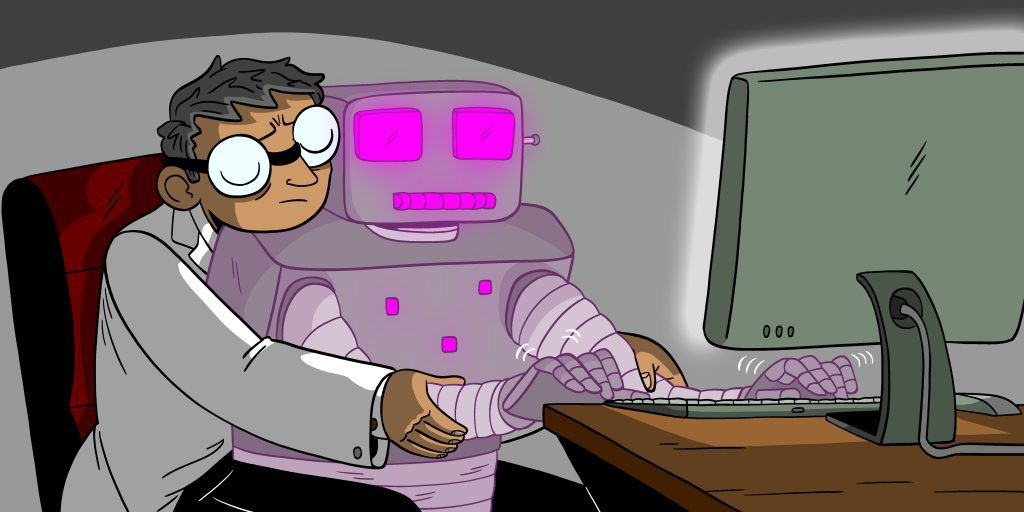An Unexpected Interview with an AI Avatar
I had an engaging conversation with an avatar interviewer where we talked about my current work, my PhD thesis, and some fascinating research developments. It quickly sunk in that this was, indeed, the interview, and I was speaking solely to this avatar. The avatar mirrored some niche phrases related to new research techniques that it likely hadn’t encountered before, guiding the conversation similarly to some human “recruiters” I’d interacted with. Reflecting on past conversations during job applications made me realize this wasn’t all that different. I recalled being advised that there’s a recipe for these interviews, and here it was, more structured than ever.
Uncommon Interview Questions
Then, the avatar posed questions I hadn’t encountered before: what constitutes a good multiple-choice question, and how might one craft a challenging incorrect answer? This sparked a thought about the “ultimate truth of jigsaw puzzles,” as noted by French novelist Georges Perec, who articulated that puzzling isn’t a solitary endeavor. In a face-to-face interview, mentioning Perec could redirect the discussion or reveal something unique about me. However, unsure of how well the robot would grasp this reference, I opted not to share it.
Insights and Reflections
Instead, I admitted I’d never really thought about creating incorrect answers. I realized there wasn’t an obvious way to generate them, yet it intrigued me. I described how an incorrect answer would need to be credible—it couldn’t be easily dismissed. My mind began to whirl with various thoughts, from Perec’s perspectives to my views on my potential job, and even anticipated what the avatar, or whoever monitored it, might think about our conversation. It became clear I was rambling and I chose to halt. The avatar’s prolonged pause felt unusual, and I wondered what was happening within its programming.
The Outcome of the Interview
After thanking the avatar—a gesture that felt odd since there was no real person to acknowledge— I closed the tab. The next day, I received a job offer as a contract employee with xAI through an intermediary firm, Mercor, with onboarding starting soon.
Transitioning to a New Career
My academic background spanned over a decade in graduate school and postdoctoral positions. I had been a top contender in the faculty job market, but despite my efforts, I hadn’t secured a permanent position. As my last postdoc ended, I was offered another year-long postdoc far away, but the logistical issues and uncertainties made me reconsider. I chose to pivot towards an adjacent field in machine learning, taking an opportunity to work remotely and learn coding skills that would be beneficial outside academia.
The Differences in Work Dynamics
Working in tech meant adapting my coding to be more accessible and versatile. It required a shift in how I approached programming, transitioning to “packaging” code for public use and utilizing versioning software like Git. While this was a learning curve, the experience was framed as mutually beneficial: I lent my research skills while gaining mentorship in programming. I hoped it would lead to a job in the tech sector.
Shifting Work Experiences
Despite encouragement and a network of friendly ex-academics, I found the interview process within tech daunting, struggling especially with coding rounds and behavioral interviews. Ultimately, I managed to secure an hourly role at yAI but found myself in an endless cycle of interviews, aiming for a permanent position while handling my existing academic responsibilities and limitations. The contrasts in the pace and expectations between academic coding and tech company work became evident as I navigated this new environment.
Completing Projects in a Surveillance-Heavy Environment
My role at xAI involved translating questions from a textbook under rigorous monitoring. This reflected a larger trend in AI labs focused on gathering high-quality training data for model training. As I worked, I realized the demand for quality content would only escalate, leading to a future where AI might surpass human capabilities in various tasks. The unfolding narrative of AI was complex and suggested preparations for a future where AI could be cheaper and more efficient than humans at numerous tasks.



